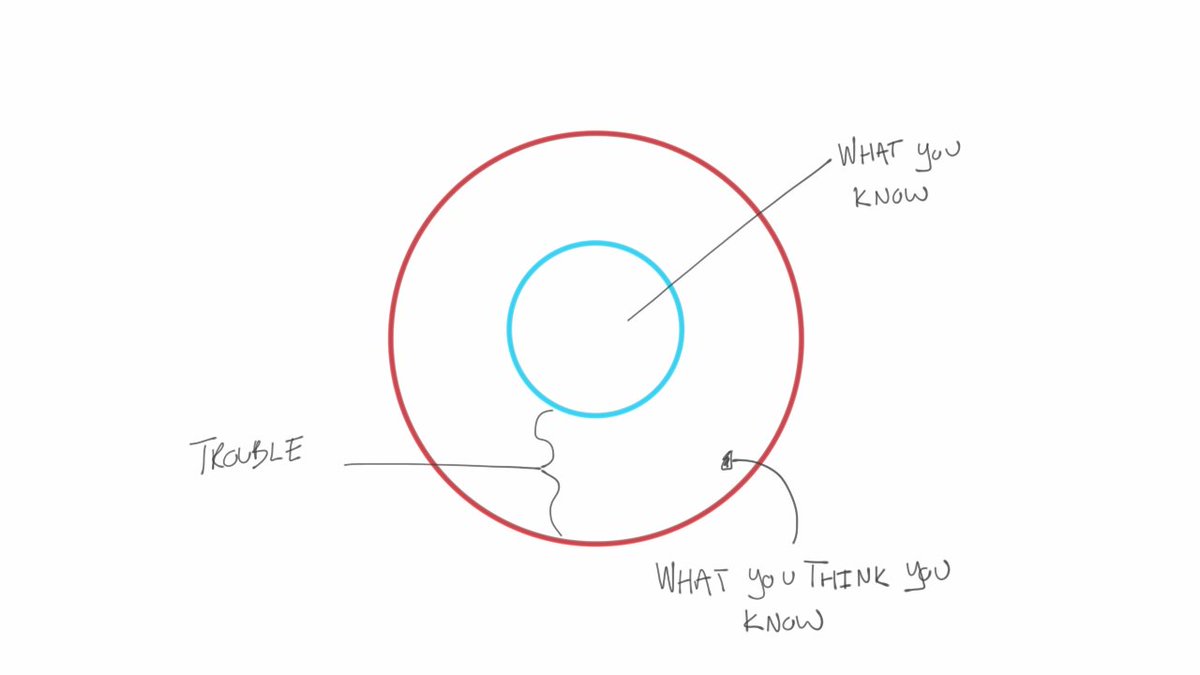A Circle of Competence is the set of topic areas that align with a person's expertise.
If the entire world of information were to be expressed in a circle, an individual's Circle of Competence is the small sub-circle that represents their expertise.






1/ An Allegory of Finance
— Sahil Bloom (@SahilBloom) July 18, 2020
I have been posting a lot of educational (and humorous!) threads on finance, money, and economics.
My mission is simple: to demystify these concepts and make them accessible to everyone.
All of the threads can be found below. Enjoy and please share!
How to Win (without talent or luck):
— Sahil Bloom (@SahilBloom) October 16, 2021
The hiring process is ultra-competitive.
— Sahil Bloom (@SahilBloom) May 31, 2021
But you\u2019ve incorrectly been told that the only way to stand out is by having fancy degrees and credentials.
THREAD: 20 ways to stand out in a hiring process (that don\u2019t involve your resume):
The interview process is ultra-competitive.
— Sahil Bloom (@SahilBloom) August 7, 2021
But with proper preparation, it is possible to stand out.
THREAD: 20 common interview questions, what they really mean, and how to nail them:
One cold email can change your life.
— Sahil Bloom (@SahilBloom) October 24, 2021
Here's how to write a great one:
1/ Short Selling 101
— Sahil Bloom (@SahilBloom) July 6, 2020
With the markets continuing to rally, there has been more talk of \u201cshorting\u201d or \u201cshort selling\u201d stocks.
But what does that mean and how does it work?
Here\u2019s a quick educational primer: Short Selling 101 pic.twitter.com/JTrJmuY7fI
@MiteshFan @Mitesh_Engr @Abhishekkar_ MY TRADING SETUP .... I've been using it for a long time .. result good try it \U0001f607 pic.twitter.com/XThUD0ftbl
— itrade(DJ) (@ITRADE191) June 13, 2020
Volume Should always be above 20 pic.twitter.com/CPgxLgpPKF
— itrade(DJ) (@ITRADE191) June 13, 2020
— itrade(DJ) (@ITRADE191) August 25, 2020
— itrade(DJ) (@ITRADE191) October 20, 2020